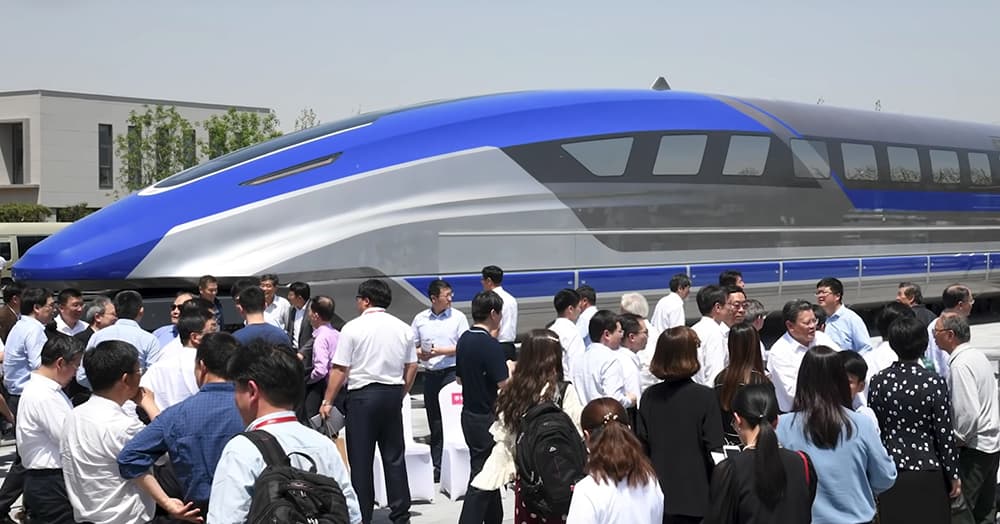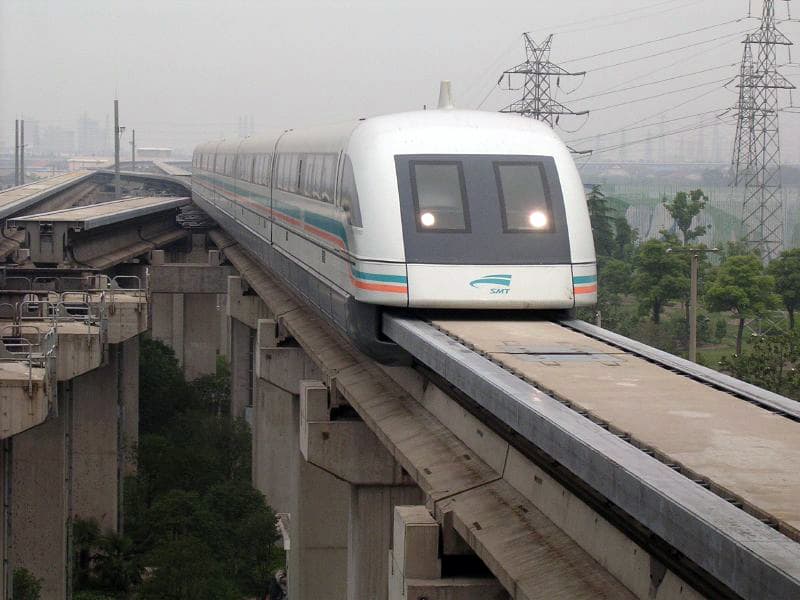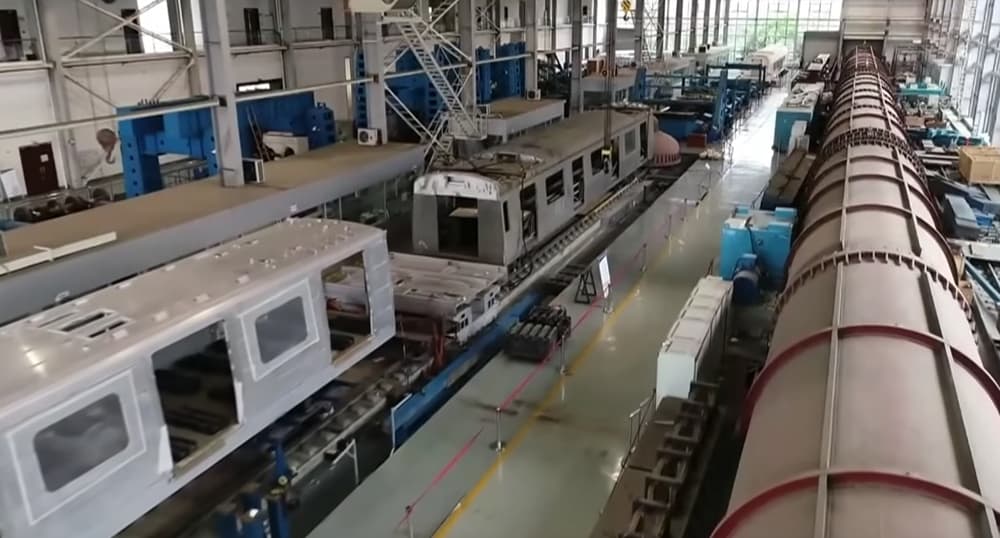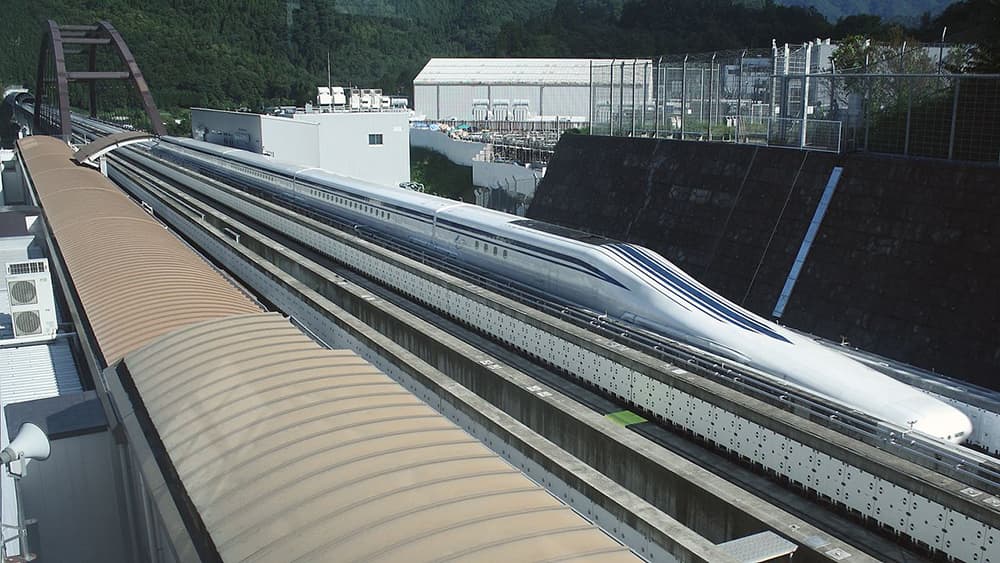China Unveils New Maglev Prototype
- Youtube Views 148,216 VIDEO VIEWS
ENGINEERS from the CRRC Sifang Corporation have unveiled a new maglev prototype in Qingdao, eastern China.
Maglev technology uses electromagnets to levitate and propel trains at high speeds.

Above: Chinese engineers unveiled a new maglev train last month (image courtesy of SCMP).
While conventional high-speed rail reaches top operational speeds of around 350 kilometres per hour, the world's only commercial maglev line that connects Shanghai Airport with the city centre reaches speeds of 430 kilometres an hour.

Above: Passengers in a maglev train would enjoy the same comfort as those taking high-speed rail (image courtesy of SCMP).
The new prototype is designed to reach speeds up to 600 kilometres per hour, which would start making maglev competitive to medium-haul flights.
At this speed, it would only take 3.5 hours to travel between Shanghai and Beijing, an hour less than it takes by plane (including preparation time) and two hours less than the current high speed rail link.

Above: The only maglev train in commercial operation connects Shanghai airport with the city (image courtesy of Wikimedia).
CRRC Sifang Corporation expects to be able to start mass production of their maglev trains by 2021, although no new tracks have been announced yet.

Above: Maglev trains could start mass production as soon as 2021 (image courtesy of SCMP).
A 285.6 kilometre long maglev line is currently under construction in Japan. Called the Chuo Shinkansen, the line will connect Shinagawa Station in Tokyo with Nagoya.

Above: Japan is currently on track to open a maglev line from Tokyo to Nagoya by 2027 (image courtesy of Wikimedia).
Sections of the track, including Japan's deepest tunnel, as well as the line's terminus in Tokyo have already started construction, while Japan Railways already owns and operates a 42.8 kilometre test track, which will be incorporated within the line.
Although Japan's maglev is not expected to be operational before 2027, it is widely expected that the technology will be showcased during the Tokyo 2020 Olympics next year.








